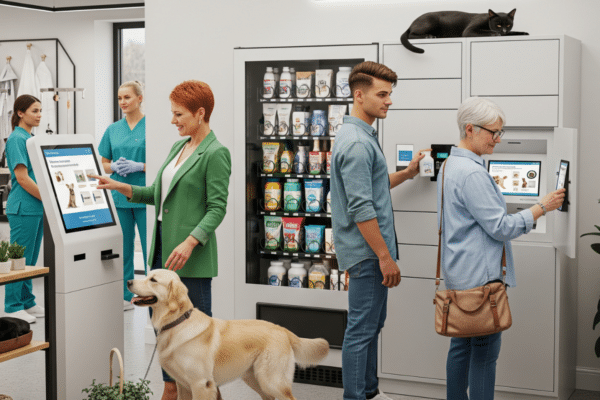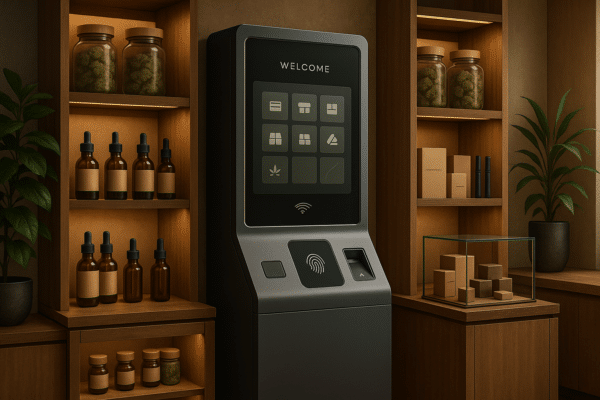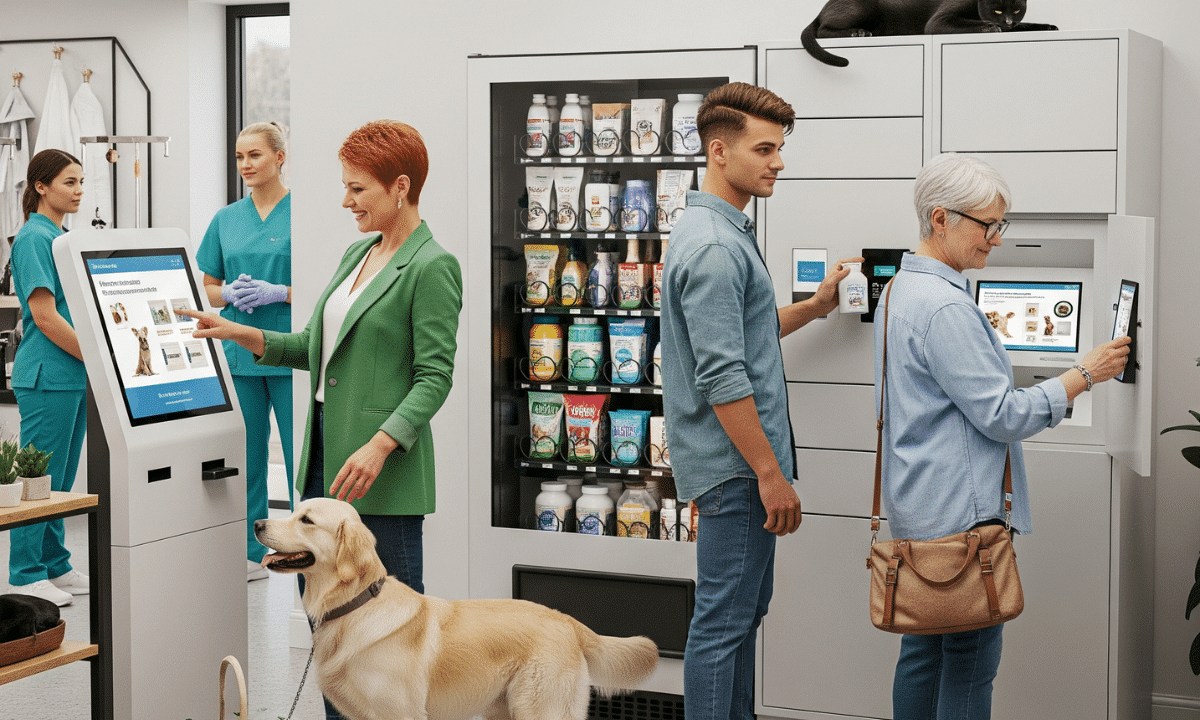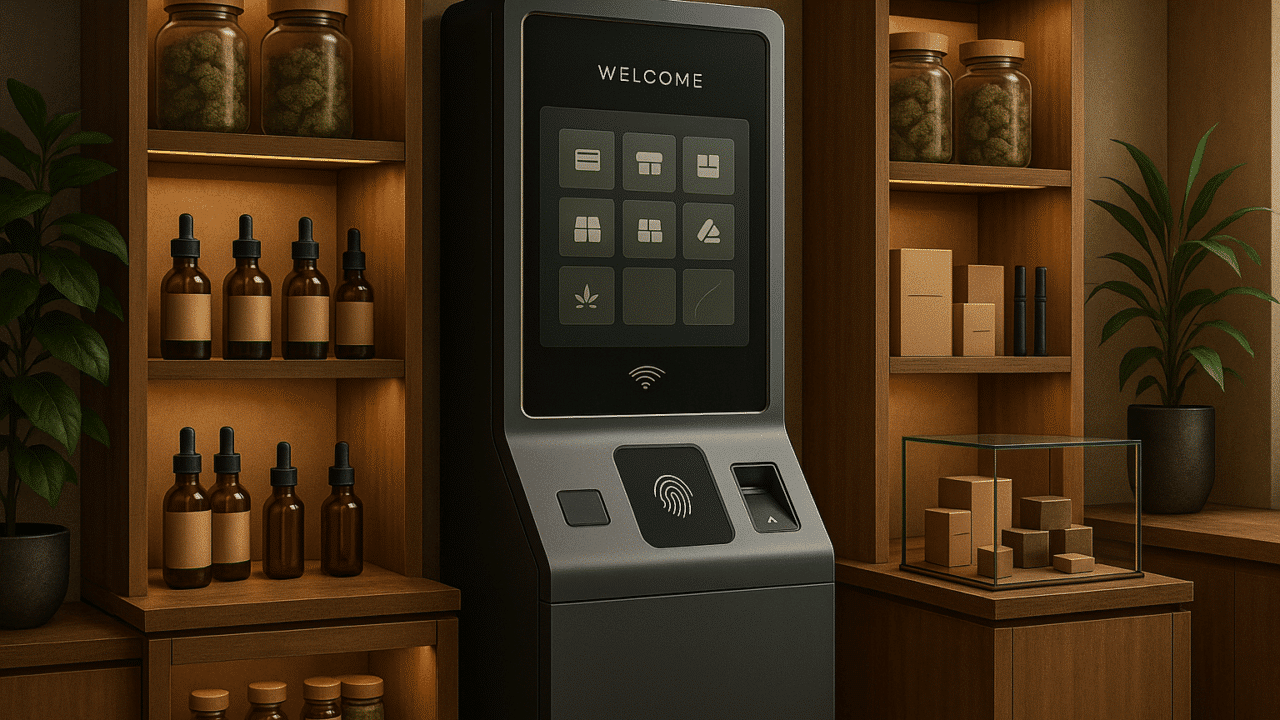
Maximize Customer Engagement with a Clienteling Platform
As retail businesses and brands seek to deepen their connections with customers, clienteling has become a critical part of creating an ideal shopping experience. By integrating these platforms, businesses have an unprecedented opportunity to personalize customer experiences, collect and manage customer data, maximize associate productivity, and seamlessly integrate personalization into other business systems.
Introduction to Clienteling Platforms
Clienteling solutions are revolutionizing retail by enhancing customer engagement and the shopping experience through personalized service, recommendations, and promotions. Unlike traditional CRM systems, these platforms are purpose-built for retail, aligning store associate actions with broader brand strategies. By empowering associates with customer insights, retailers improve customer service, foster lasting brand relationships and drive sales through personalized interactions.
Understanding the Concept of Clienteling
Clienteling is the practice of retail associates cultivating long-term relationships with customers via a range of platforms. These platforms equip store associates with mobile apps and cloud-based tools to access customer profiles, facilitating personalized 1-to-1 customer service across channels. Clienteling transforms retail engagements from fragmented to orchestrated experiences. Key capabilities of solid clienteling solutions include:
- Building rich customer profiles
- Providing mobile apps for associates
- AI-driven recommendations
- Customer communications
- Marketing automation
- Virtual clienteling
- Robust analytics on program performance
Importance of Clienteling Retail Technology in Today’s Business World
Clienteling retail technology addresses several major challenges faced by retailers today. Key benefits delivered by clienteling solutions include:
- Increased sales and share of wallet by providing personalized product recommendations and offers based on purchase history and preferences.
- Improved customer satisfaction and retention through 1-to-1 relationships with store associates and relevant, timely communications.
- Consistent brand messaging and consistent customer experiences across all touchpoints.
- Maximize associate productivity by equipping staff with actionable customer insights to drive sales conversations.
- Enhanced associate engagement and performance by aligning activities with company goals and incentives.
- Omnichannel insights into customer interactions across channels to deliver seamless experiences.
- Improved merchandising, inventory planning, and supply chain optimization from data analytics.
- Higher marketing ROI from targeted campaigns and optimized customer lifetime value modeling.
Key Features of Clienteling
Personalization to Enhance Customer Experience
Personalization is at the core of successful clienteling strategies. Platforms allow companies to create rich customer profiles that capture demographics, psychographics, transaction history, product/brand affinities, wish lists, and communication preferences.
These insights empower store associates to tailor their interactions to what each customer cares about. Individual product recommendations, tailored promotions, and personal styling advice relevant to customers’ needs drive engagement.
Clienteling apps even allow customers to share profiles across retailers to extend personalized experiences. Features like a client book, appointment booking, in-store navigation, virtual consultations, and video chat also make engagement more convenient.
Customer Data Collection and Management
Clienteling platforms use various methods to gather and manage data to inform personalization. This includes:
- Integrations with CRM, POS, inventory, and other backend systems to unify data.
- Store associate mobile apps to capture new data like photos, notes, feedback, and wish lists.
- Digital clienteling tools such as online profiles, quizzes, and two-way messaging to gather preferences.
- Integration with data collection channels like email, SMS, social media, and more.
- Analytics on behaviors, trends, and program performance to optimize and add data.
- Consent management and data governance controls for consumer transparency.
Integration with Other Business Systems
To maximize value, clienteling platforms integrate with other core retail systems via APIs. This allows data to flow between applications rather than being siloed in individual systems.
Key integrations include POS, ecommerce, and CRM systems to unify consumer data and interaction history; inventory management to check product availability and locate items for clients; merchandising insights to improve demand forecasting, product mix and inventory planning; marketing automation to track campaign performance and inform future personalization; scheduling and workforce management to align associate incentives, appointments and traffic; and analytics and BI to uncover trends and fine-tune programs for an optimal omnichannel clienteling experience.
These integrations enable a 360-degree client view, coordinated engagements across channels, more relevant communications, and optimization of product assortments, supply chain operations, and retail strategies.
Best Practices for Using Clienteling Retail Technology
Implementing a Successful Clienteling Strategy
At its core, clienteling involves leveraging technology and personalized interactions to enhance the shopping experience. To execute this strategy effectively, businesses must invest in a robust customer relationship management (CRM) system that consolidates relevant data and insights.
By understanding individual customer preferences, purchase histories, and communication preferences, businesses can tailor their interactions and offerings to meet the needs of each customer. Implementing a seamless omnichannel approach is also essential, ensuring that customers receive a consistent and personalized experience across touchpoints, whether in-store, online, or through social media.
Training and empowering staff with the skills to engage in personalized interactions further contribute to the success of clienteling. Regularly analyzing customer feedback and adapting the strategy based on evolving preferences and trends ensures ongoing success and fosters a loyal customer base. Ultimately, a well-executed clienteling process drives customer satisfaction and strengthens brand relationships.
The Role of Training and Empowering Store Teams
Training staff is essential for the success of a clienteling strategy, as it equips them with the skills to effectively use clienteling platforms and provide personalized customer experiences. Staff training should focus on interpersonal skills, understanding customer preferences, and utilizing mobile capabilities. Ongoing training ensures that associates stay current with customer expectations and technological advancements, contributing to the strategy’s success.
Analyzing and Utilizing Platform-Generated Data
Clienteling applications capture valuable data that presents opportunities to boost sales, retention, and share of wallet. To maximize these opportunities, businesses can implement several recommended actions. Initiating campaigns to promote online profiles and encourage feedback forms can enhance data richness. Identifying high-value clients based on purchase history allows for targeted VIP services.
Keeping store teams informed of significant dates, such as birthdays and anniversaries, enables personalized outreach. Regularly reviewing associate activity and program metrics helps refine the clienteling process. Data mining provides insights to optimize inventory, merchandising, and marketing efforts. Tracking return on investment (ROI) across campaigns, channels, and audience segments is crucial. Additionally, leveraging predictive modeling and machine learning enhances recommendations over time, ensuring ongoing refinement of the clienteling process.
Choosing the Right Platform for Your Business
When implementing effective clienteling retail technology, it is essential to carefully assess your business needs, customer expectations, and associate capabilities. Several key considerations should guide the selection of a suitable clienteling solution.
First, omnichannel integration is paramount, ensuring that the platform consolidates data from all channels into unified customer profiles accessible through mobile apps, providing associates with complete visibility. Mobile capabilities are crucial, providing associates with easy access to clienteling features such as profiles, recommendations, client communication tools, and point-of-sale (POS) integration on mobile devices.
Adequate associate training is vital for effective adoption, emphasizing the importance of instructing associates on leveraging the clienteling software in ways that enhance customer experiences. A user-friendly interface is also critical, promoting quick and widespread adoption by minimizing associate learning curves. Seamless CRM integration is another key factor, allowing for a comprehensive view of all interactions by integrating customer relationship management tools with the clienteling software.
Additionally, scalability is imperative, ensuring that the platform can easily expand to support more customers, associates, locations, channels, and devices as the business grows. Robust data security measures must be in place to safeguard sensitive customer data accessed via clienteling applications. Ongoing support from the vendor during implementation and continuing technical assistance is essential for a successful clienteling strategy. Lastly, customization features are advantageous, allowing businesses to tailor the platform’s features and capabilities to meet specific business needs.








